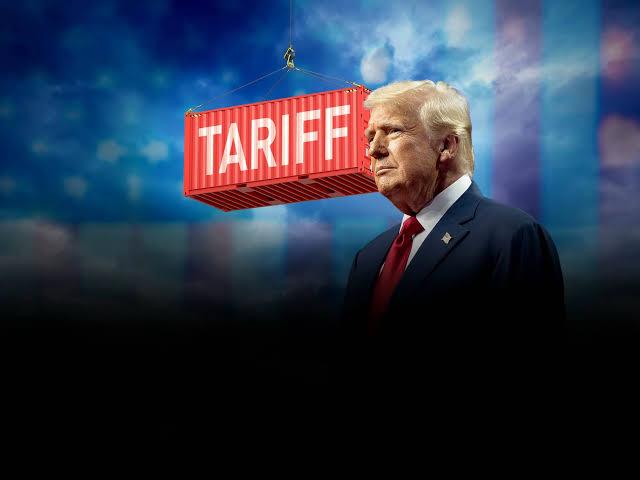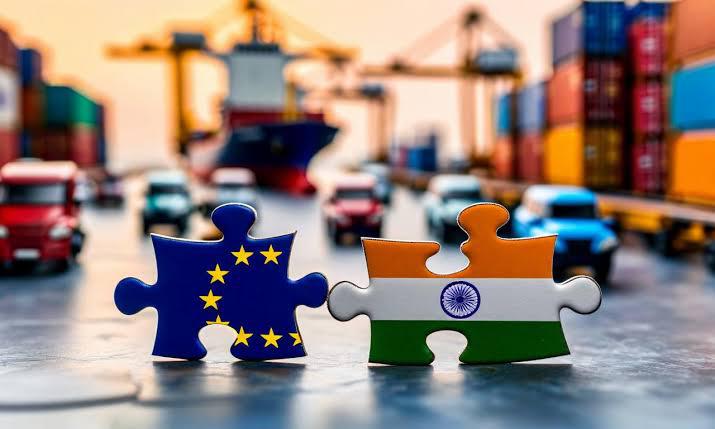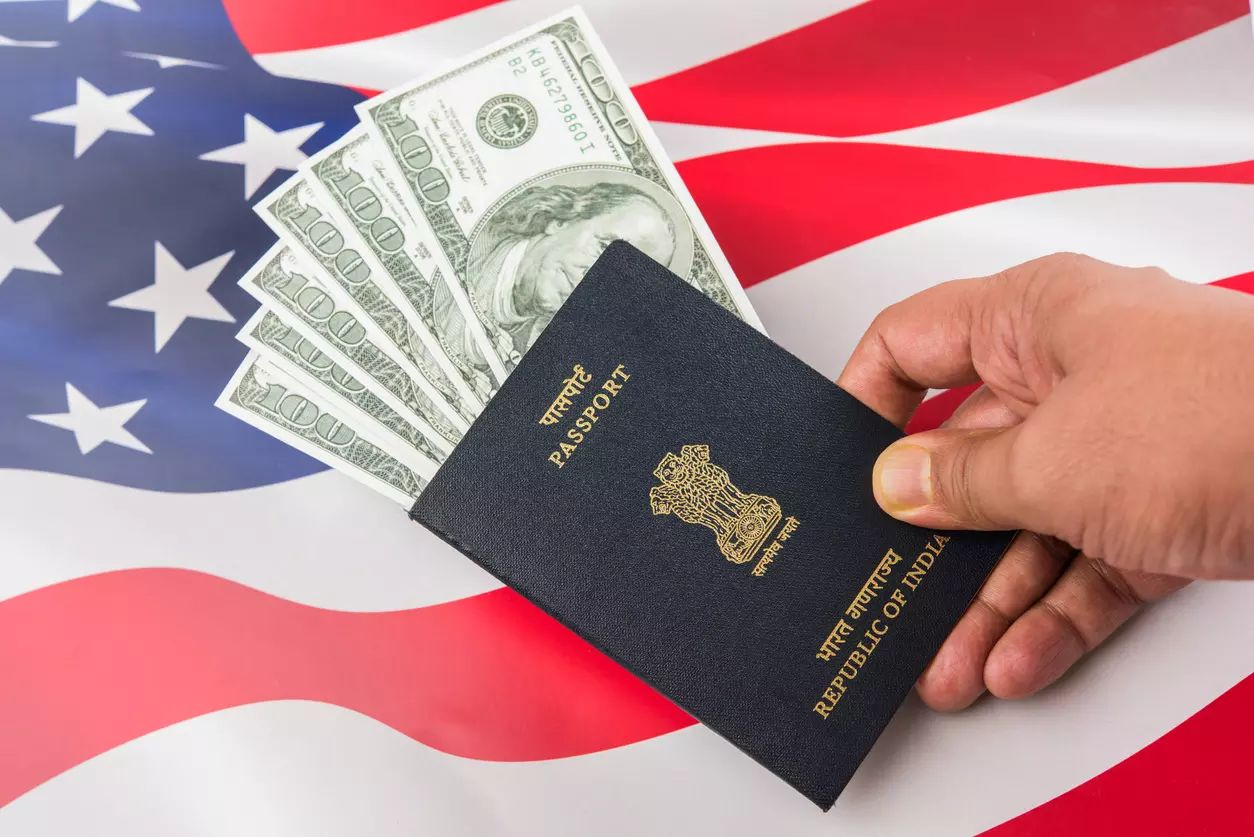The return of a Trump-led administration to Washington, D.C. signals not just a change in rhetoric but a revival of a worldview rooted in economic nationalism. For India, which has carefully cultivated a multi-dimensional relationship with the United States over the past two decades, the re-imposition or threat of trade tariffs presents a significant diplomatic and economic challenge.

Yet this moment is not without strategic potential. India’s response to Trump’s renewed tariff posture reveals the maturing of its trade diplomacy: pragmatic, patient, and increasingly self-confident.
The Shadow of 2018–2020: A Historical Reference Point
During President Trump’s first term (2017–2021), trade relations between India and the United States were marked by friction over market access, digital taxation, and tariff barriers. The United States withdrew India’s benefits under the Generalized System of Preferences (GSP) in 2019, citing insufficient access for American dairy and medical equipment exports.
India responded with reciprocal tariffs on key U.S. imports-almonds, apples, and certain steel products-while maintaining dialogue on a potential “mini trade deal” that ultimately did not materialise.
These tensions occurred despite a broader convergence in strategic interests, particularly in the Indo-Pacific. The lesson for India was clear: even close partners can adopt adversarial postures when it comes to trade.
Trump’s Tariff Philosophy: Structural not Situational
Donald Trump’s tariff-first approach is not merely a tactical lever-it is part of a deeper conviction that multilateral trade frameworks disadvantage American industry. The World Trade Organization (WTO), in Trump’s view, limits U.S. sovereignty, while bilateral deals allow greater control.
India is not uniquely targeted in this philosophy, but it is certainly implicated. Trump has frequently described India as “the tariff king,” referring to duties on items like Harley-Davidson motorcycles. His administration’s trade calculus, rooted in bilateralism and a zero-sum outlook, treats large developing economies with suspicion, especially when trade deficits are involved.
Should a second Trump administration pursue this agenda aggressively, India may face renewed pressure on multiple fronts:
- Greater scrutiny of IT services and H-1B visa provisions,
- Retaliatory duties on Indian exports, especially in pharmaceuticals, textiles, and engineering goods,
- Disruptions in negotiations for digital trade norms, including data localisation.
India’s Strategy: Diversification and Defensiveness
India’s economic diplomacy over the past five years has anticipated the volatility of U.S. policy. Key responses include:
1. Bilateral Trade Optimisation
India has expanded trade ties with a wider set of partners, including the European Union, Australia, and the United Arab Emirates. These deals provide strategic buffers and signal that India will not overexpose itself to any one market-even a critical one like the United States.
India has also prioritised supply chain resilience initiatives with Japan and Australia, seeking to reduce dependency on single-source trade arrangements.
2. Domestic Capacity Building
Schemes like PLI (Production Linked Incentives) aim to boost India’s export competitiveness in electronics, pharmaceuticals, and textiles-precisely the sectors where U.S. tariffs may be reimposed.
India is also investing in digital public infrastructure and industrial clusters that could support small and medium exporters in weathering tariff disruptions.
3. Strategic Use of Dispute Resolution Mechanisms
India has matured in its use of WTO dispute settlement mechanisms, including in response to steel and aluminium tariffs previously imposed by the Trump administration.
While Trump has challenged WTO authority, India’s recourse to rules-based forums reinforces its image as a responsible actor-and strengthens its case when appealing to European and Asian allies.
Diplomatic Tools and the Quad Factor
India’s growing strategic partnership with the United States-evident in platforms like the Quad, iCET (Initiative on Critical and Emerging Technologies), and defence cooperation-is a non-trivial buffer against trade-related friction.
Unlike the 2000s, where trade and strategic engagement were parallel but siloed, today’s India-U.S. relationship is multi-vectoral. Policymakers on both sides recognise that the health of the economic relationship cannot be decoupled from broader regional and security cooperation.
However, India has maintained that such convergence does not grant blanket immunity from unfair trade policies. The Ministry of External Affairs has made it clear, especially in past briefings, that strategic alignment does not imply economic acquiescence.
Looking Ahead: Flexibility, Not Retrenchment
If the Trump administration reinstates tariffs targeting Indian sectors, New Delhi is unlikely to adopt a maximalist counter-position. Instead, we are likely to see:
- Selective retaliation through calibrated tariff hikes,
- Fast-tracked FTAs with middle-power economies to absorb trade shocks,
- Renewed emphasis on self-reliance (Atmanirbhar Bharat) through export promotion and market diversification.
India’s strategy will also be shaped by global reactions to U.S. trade disruptions. Should Europe, Japan, or Southeast Asian nations face similar protectionist headwinds, India may find natural coalitions for plurilateral trade frameworks that bypass U.S. bottlenecks.
Conclusion: Pragmatism Over Provocation
India’s navigation of Trump-era tariffs the first time around was marked by restraint, but not resignation. The current recalibration reflects that same posture-with the added benefit of institutional maturity, a more self-assured trade policy, and a clear-eyed view of the limits of economic nationalism.
India is not immune to the pressures of a tariff-heavy U.S. approach. But it is no longer vulnerable in the ways it once was. With diversified markets, a growing digital economy, and enhanced strategic capital, India has built the diplomatic and economic tools to negotiate, absorb, and resist protectionist surges without derailing its broader trajectory.
In a world where trade has once again become an instrument of geopolitical assertion, India’s message is subtle but resolute: we remain open for business, but not at any cost.





